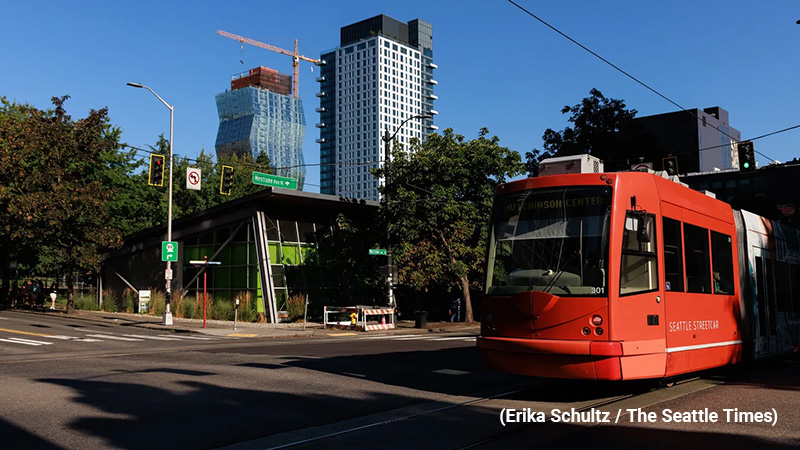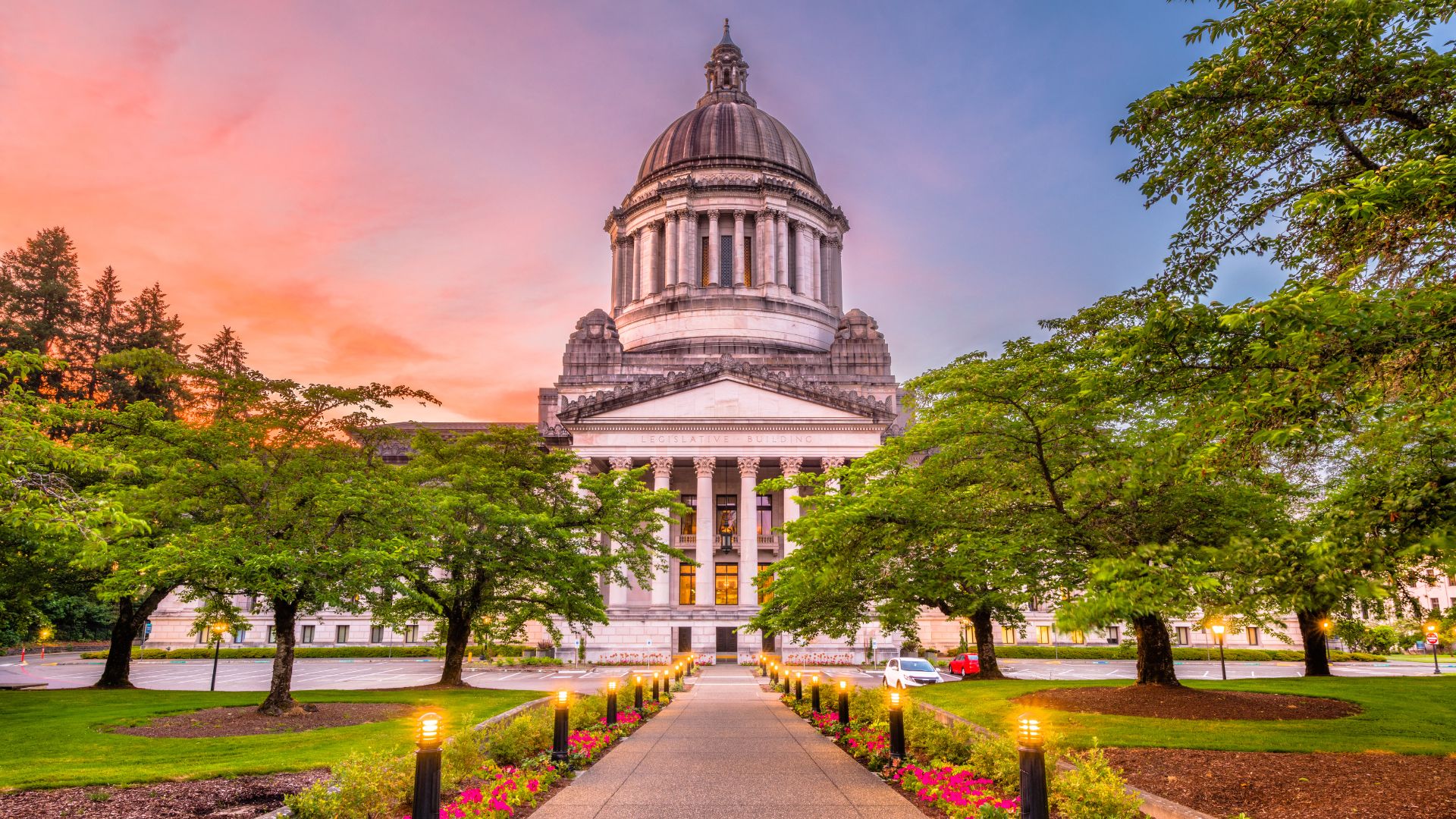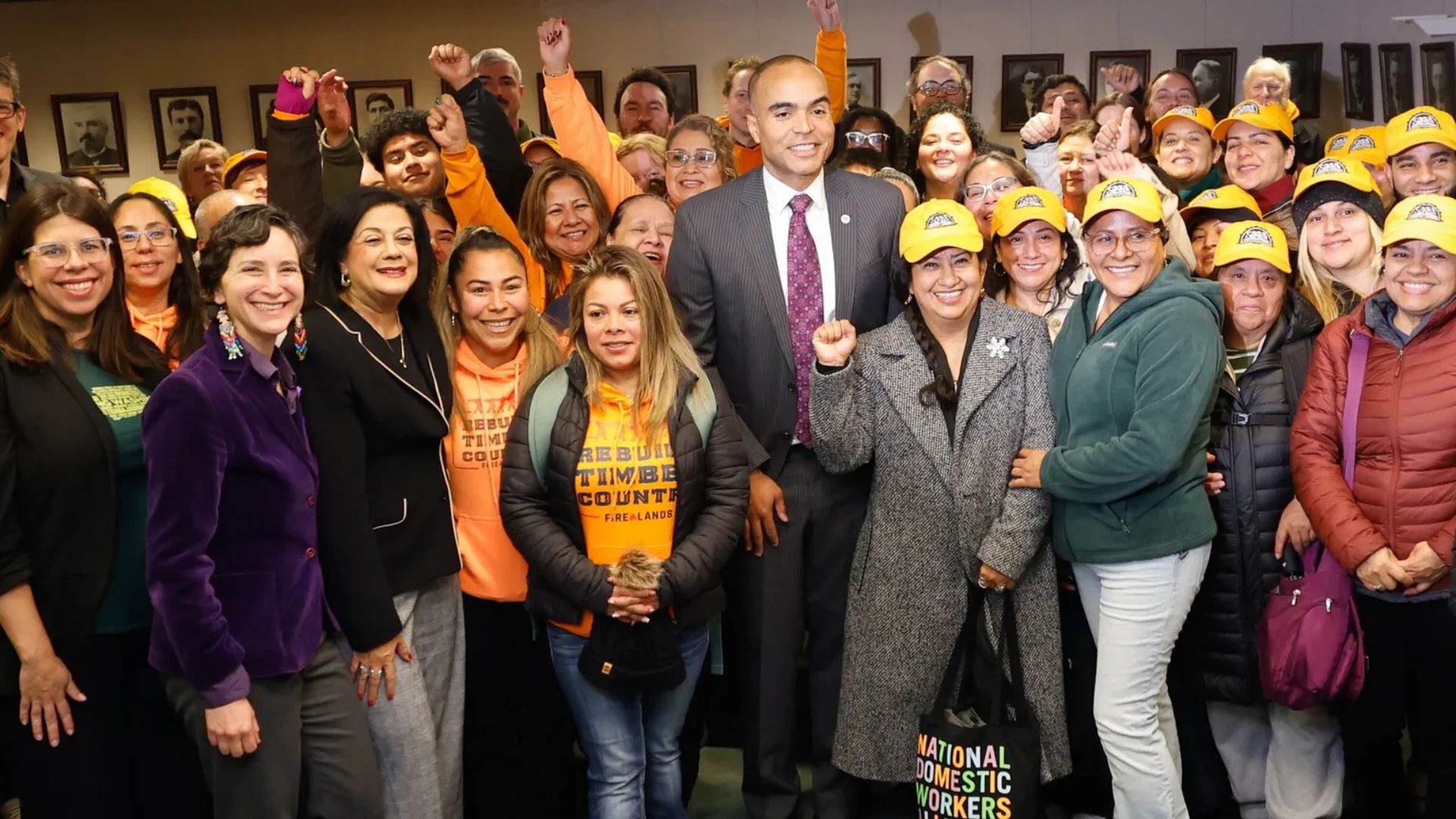
Exploring the South Lake Union Streetcar in Seattle reveals the stark reality that a transit system that once promised urban vibrancy now mostly operates empty. On a typical weekday, the experience of riding the Streetcar, which was introduced 16 years ago, can be a lonely occurrence, with few to no passengers sharing the journey. This current state of affairs comes amid discussions on whether to extend the trolley system through downtown, a debate shaped by the Streetcar’s dwindling ridership and escalating operational costs.
The Streetcar’s route, covering 1.3 miles along Lake Union and through the hectic neighborhood home to Amazon, was expected to induce development. The reality, however, has fallen short of expectations. The once-celebrated sleek trolleys are now seen as ghost cars, circling through a cityscape that hasn’t lived up to the vibrant urban utopia once promised in architectural brochures.
Critics, including former Seattle City Councilmember Nick Licata, have long argued that the Streetcar’s financial and operational model was flawed from the start. With operating costs averaging $12,000 per day and ridership significantly reduced from its peak, the system now operates as a costly reminder of misplaced priorities. The pandemic further exacerbated the decline in ridership, but issues were evident even before the global health crisis.
The financial burden the Streetcar imposes on the city diverts resources from potentially more impactful transit projects. The envisioned expansion to connect fragmented lines through downtown, dubbed the “Culture Connector,” faces skepticism amid skyrocketing costs and uncertain benefits.
As Seattle grapples with the future of its streetcar system, the challenge lies in reconciling the initial vision of economic development with the practical needs of urban transit. The experience of riding the nearly empty Streetcar past iconic landmarks, like the Amazon spheres, reflects the complexities of urban planning and the delicate balance between development and utility in public transportation projects.

